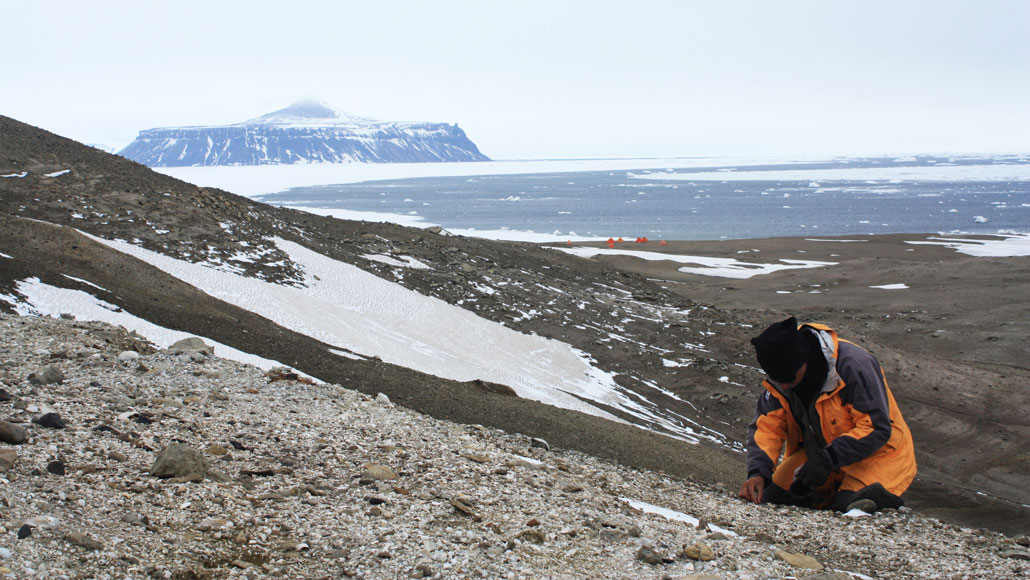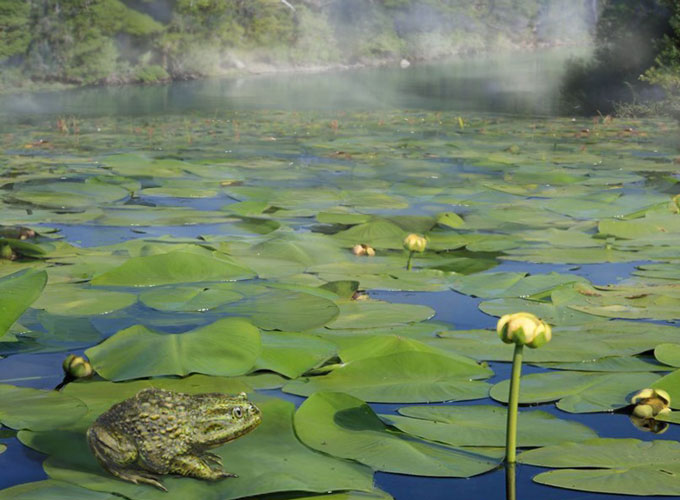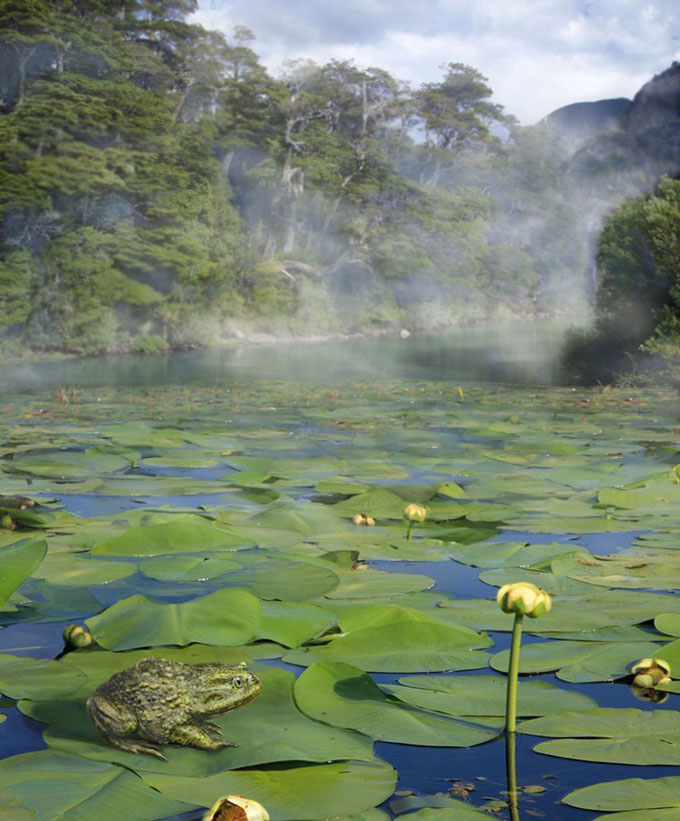The first frog fossil from Antarctica has been found
An ancient amphibian sheds light on when the continent iced over

A 40-million-year-old frog fossil from Seymour Island (pictured) near the Antarctic Peninsula is the first evidence that amphibians like those alive today once inhabited Antarctica.
Federico Degrange/Centro de Investigaciones en Ciencias de la Tierra, Jonas Hagström/Swedish Museum of Natural History









